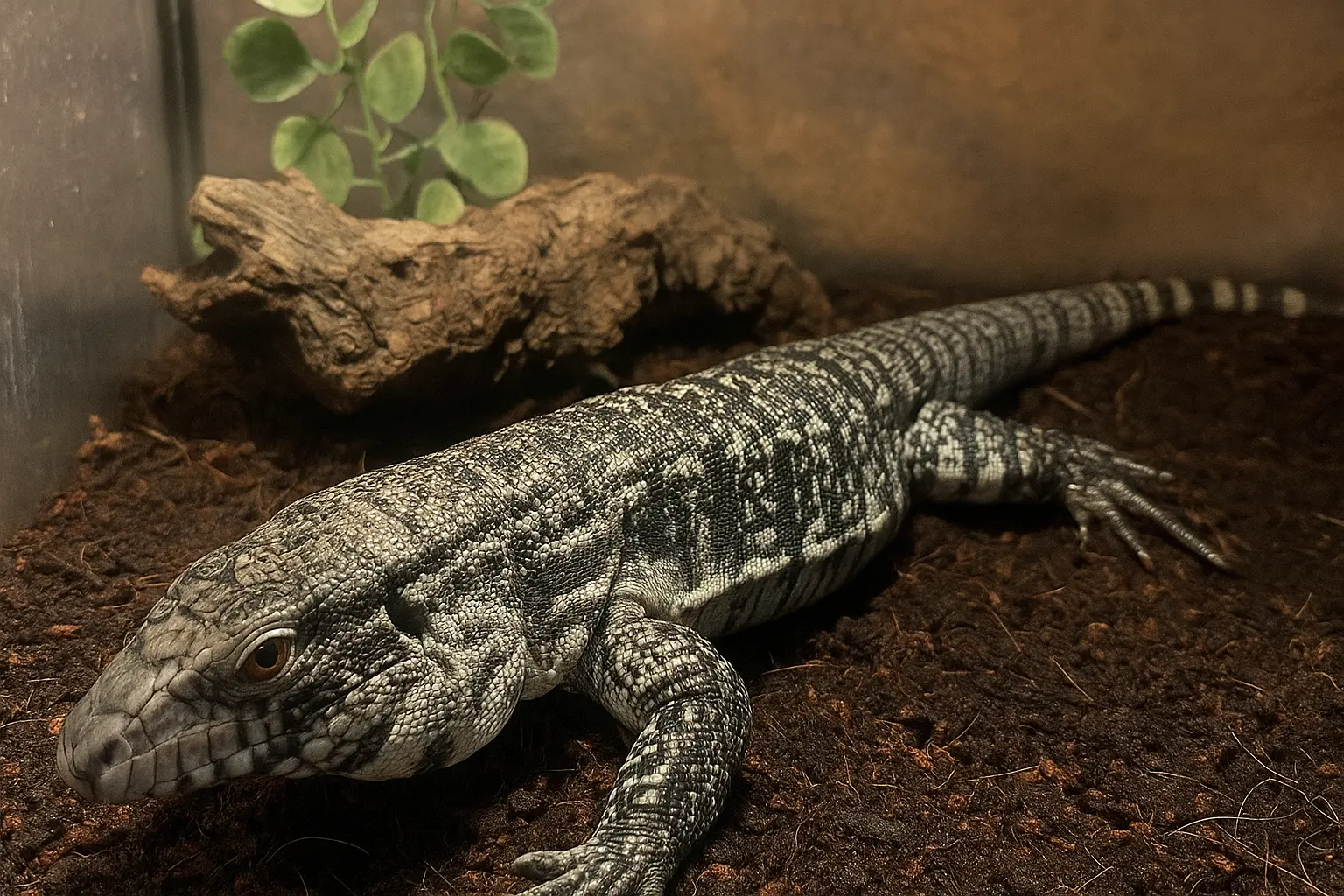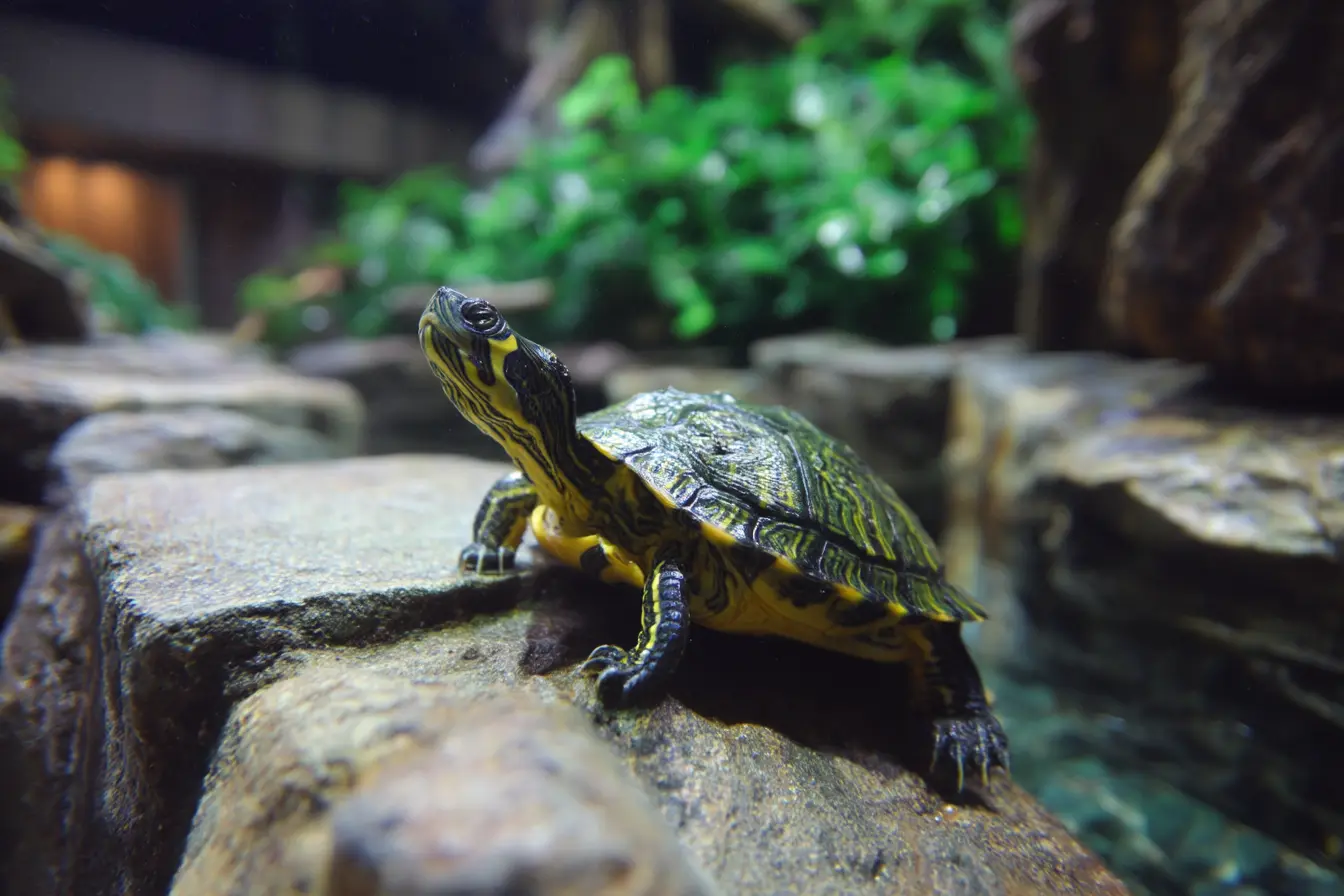
Thinking of Getting a Desert Hairy Scorpion? Here’s Everything You Need to Know
The Desert Hairy Scorpion (Hadrurus arizonensis) is the largest scorpion species native to North America and a striking addition to any exotic invertebrate collection. With its sandy colouring and impressive size, it makes for a fascinating display animal—provided you’re prepared to meet its specific desert habitat requirements.
In this guide, we’ll cover everything you need to know to decide whether a Desert Hairy Scorpion is the right pet for you, and how to care for one responsibly.
Quick Facts
- Scientific Name: Hadrurus arizonensis
- Origin: Southwestern United States and Northern Mexico
- Size: Up to 14–15 cm (5.5–6 inches)
- Lifespan: 7–10 years in captivity
- Temperament: Defensive and fast; not ideal for handling
- Venom: Mild to moderate; pain level similar to a bee sting
- Habitat: Arid desert environments
Is a Desert Hairy Scorpion Right for You?
Desert Hairy Scorpions are a great choice for those interested in observing natural behaviours like burrowing, hunting, and thermoregulating. They are low-maintenance but do require a well-thought-out desert terrarium setup.
Pros
- Fascinating natural desert behaviours
- Hardy and long-lived
- Low-maintenance once enclosure is established
- Impressive appearance and size
Cons
- Defensive and easily stressed by handling
- Fast-moving and difficult to control during maintenance
- Requires a dry, heated habitat
- Not suitable for beginners with no experience in invertebrate care
Housing Requirements
A proper enclosure setup is key to mimicking their natural arid habitat.
Enclosure
- A 40–60 litre terrarium with a secure, ventilated lid is suitable for one adult
- Floor space is more important than height
- Use a locking lid to prevent escapes, as they are strong diggers and climbers
Substrate
- Use a deep layer (15–20 cm) of a sand/soil mix (play sand mixed with clay or excavator clay)
- The substrate should be dry but compact enough to allow burrowing
- Provide rocks or cork bark pieces to create secure hiding areas
Temperature and Humidity
- Temperature: Maintain 28–32°C (82–90°F) during the day, with a slight drop at night
- Use a heat mat or overhead heat source—always regulated with a thermostat
- Humidity: Keep low, around 30–40%
- Avoid misting; instead, provide a very shallow water dish
Lighting
- No special lighting is required
- Scorpions are nocturnal and prefer dim conditions
- A red or blue night-time viewing light can be used to observe activity
Feeding and Diet
Desert Hairy Scorpions are insectivores and active hunters.
Recommended Foods
- Crickets
- Dubia roaches
- Locusts
- Occasional waxworms or mealworms
Feeding Schedule
- Adults: once or twice per week
- Juveniles: every 2–3 days
- Do not overfeed; remove uneaten prey after 24 hours
Water
- Provide a small, shallow dish of fresh water at all times
- Clean and refill daily, even though they may rarely use it
Behaviour and Handling
Desert Hairy Scorpions are not docile and are best left undisturbed.
- They are defensive and may raise their pincers or strike with their tail if provoked
- Handling is not recommended; stress can lead to injury or defensive behaviour
- Use long soft-tipped tongs or a container for moving them during enclosure cleaning
Cleaning and Maintenance
- Spot clean regularly to remove uneaten prey and faeces
- Replace substrate every 4–6 months or as needed
- Avoid introducing excessive moisture during cleaning
- Wash and disinfect decor pieces occasionally with reptile-safe products
Health and Common Issues
Signs of a Healthy Scorpion
- Actively burrowing or hiding
- Eating regularly
- Glossy exoskeleton without injuries or deformities
Common Issues
- Dehydration: Even desert species need access to water; watch for shrivelled appearance or sluggish behaviour
- Mould or mites: Can occur if humidity is too high; maintain proper ventilation
- Improper moults: Rare, but can be fatal; avoid disturbance during moulting
Legal and Ethical Considerations
- Ensure your scorpion is captive-bred and sourced from a reputable breeder or exotic pet shop
- Wild collection is harmful to native ecosystems and may be illegal in some regions
- Check your local and national regulations regarding the keeping of exotic invertebrates
Desert Hairy Scorpion vs Other Species
If you're comparing the Desert Hairy Scorpion to other commonly kept species, here are a few distinctions:
- Compared to Emperor Scorpions: Desert Hairy Scorpions are more defensive, prefer dry conditions, and are less tolerant of handling
- Compared to Asian Forest Scorpions: Both are defensive, but Desert Hairy Scorpions are faster and live in arid rather than humid habitats
- Unique Traits: Sandy yellowish colouring, extremely hairy legs (for sensing vibrations), strong burrowing instinct
Final Thoughts
Desert Hairy Scorpions are incredible pets for the right type of keeper. Their size, behaviour, and hardiness make them a popular choice among more experienced invertebrate enthusiasts. However, they are not interactive pets and are best suited to those who enjoy watching natural behaviours in a secure, well-maintained habitat.
If you’re prepared to respect their space and recreate their natural desert environment, a Desert Hairy Scorpion can be a truly fascinating and rewarding addition to your exotic animal collection.
Related Vets
Vets near you
Speciality vets
- Aquatics vet specialists
- Birds vet specialists
- Camelids vet specialists
- Cats vet specialists
- Cattle vet specialists
- Deer vet specialists
- Dogs vet specialists
- Equines vet specialists
- Exotic vet specialists
- Goats vet specialists
- Pigs vet specialists
- Poultry vet specialists
- Sheep vet specialists
- Small Mammals vet specialists
- Wild vet specialists











